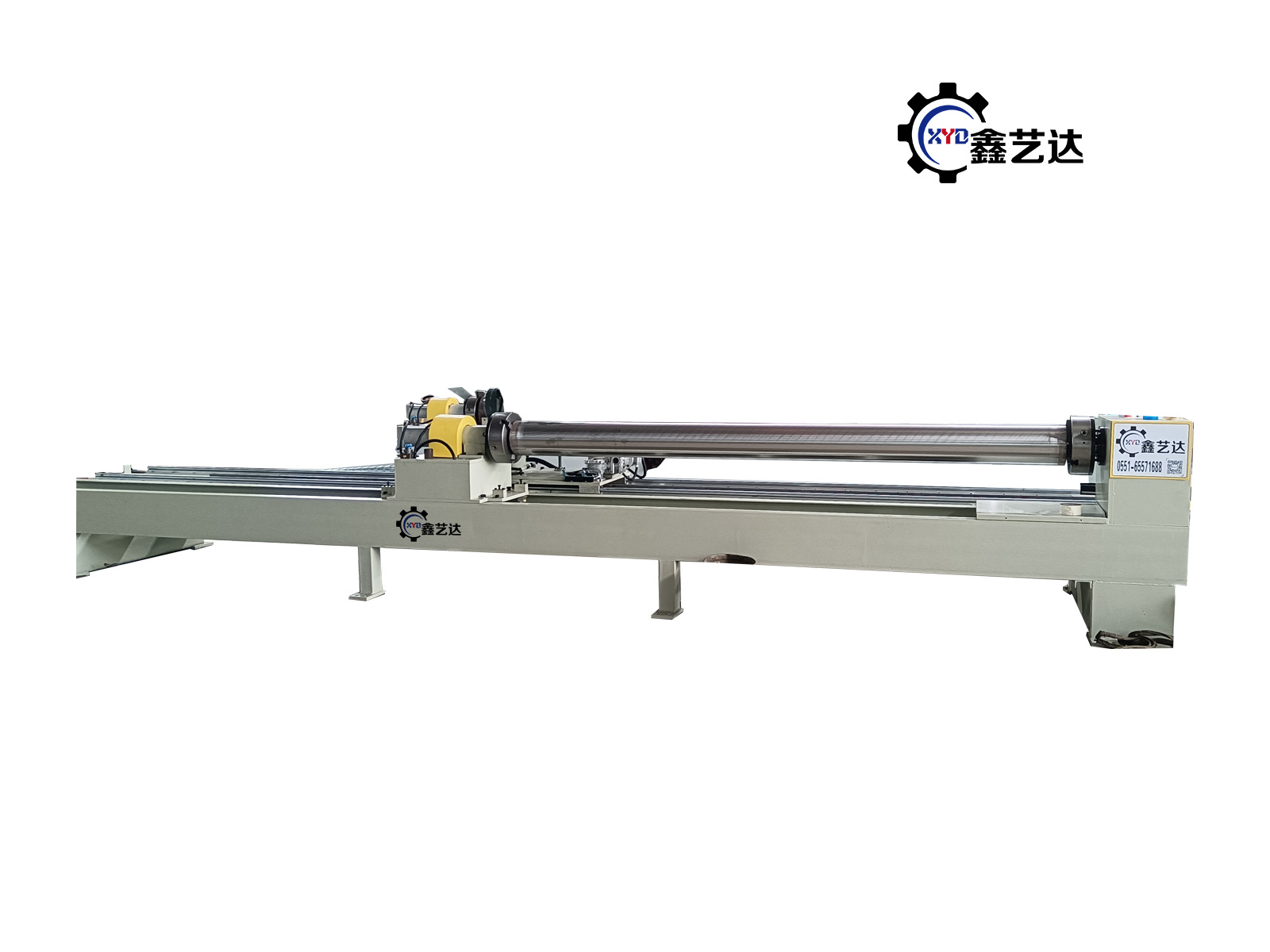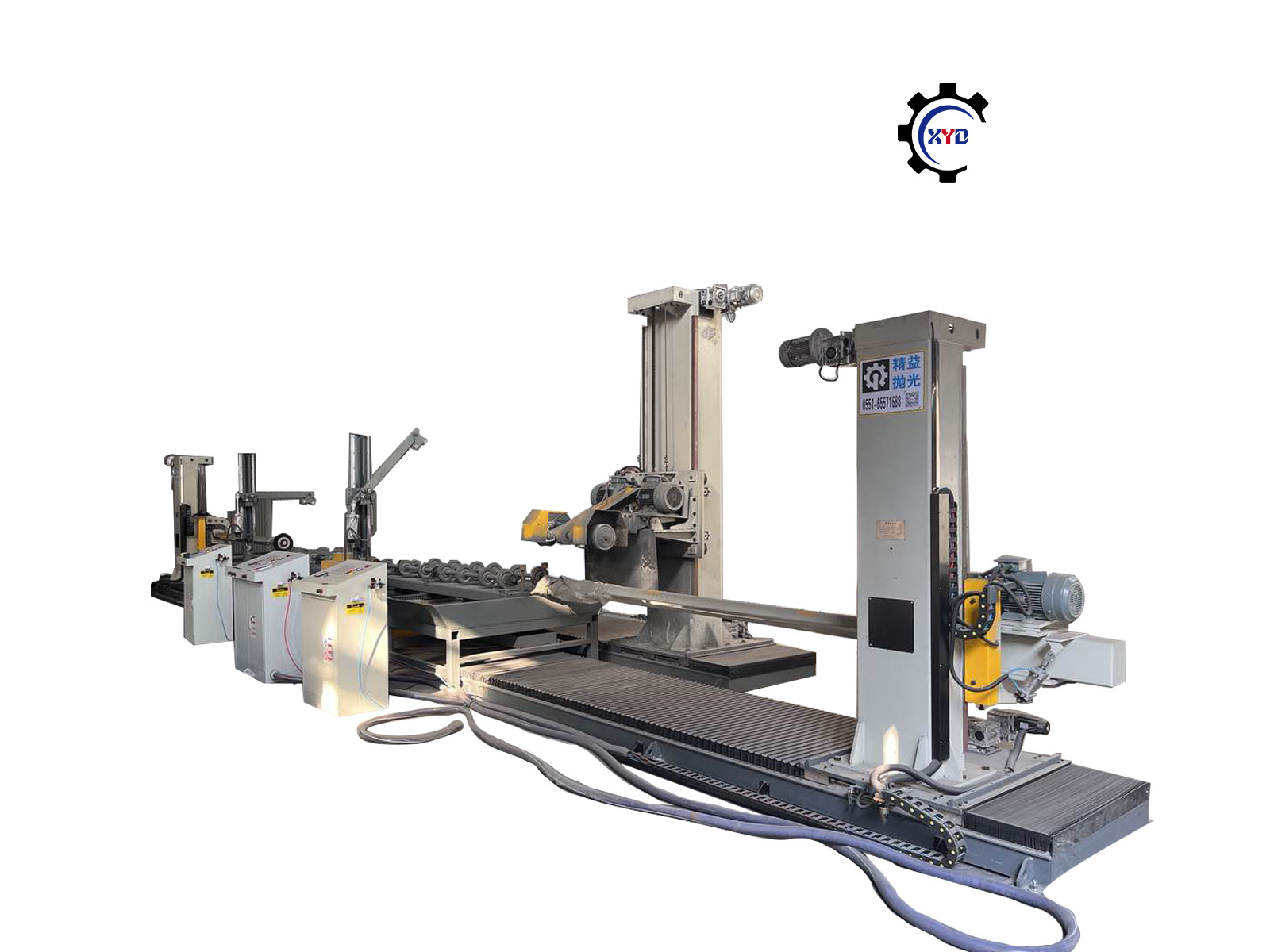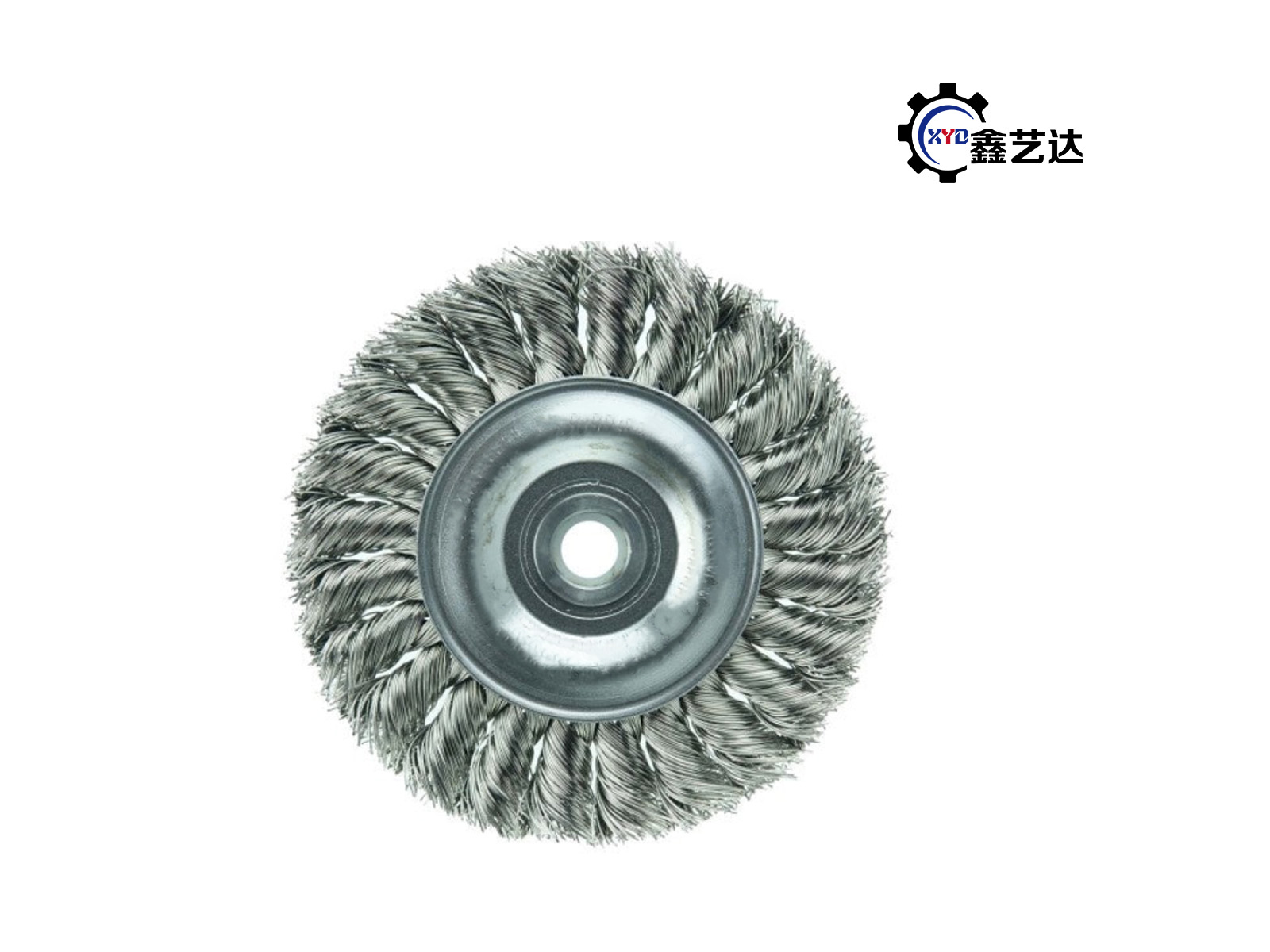Stainless Steel Automatic Polishing Machine Operation Guide and Tips
Publish time:2024-08-21 14:55:01 Popularity:0 Source:未知来源
1. Equipment Composition
The stainless steel automatic polishing machine mainly consists of the following core components:
Base: Provides stable support to ensure a smooth polishing process.
Polishing head: The core polishing component, which can be adjusted for height and pressure.
Workbench: Used to secure the workpiece, typically equipped with clamps or suction cups.
Protective cover/hood: Prevents polishing debris from flying, ensuring operational safety.
Hydraulic system: Controls the pressure and movement of the polishing head.
Electrical control system: Automated control for setting polishing parameters (time, speed, etc.).
Auxiliary fixtures: Secure workpieces of various shapes to ensure uniform polishing.
2. Polishing Process Optimization Techniques
(1) Stage-based polishing (rough polishing + fine polishing)
Coarse polishing: Uses coarser abrasives (e.g., #80–#200 grinding wheels) to quickly remove surface damage layers and improve efficiency.
Fine polishing: Switches to finer abrasives (e.g., #400–#1000 sanding belts or polishing wheels) to reduce surface roughness and achieve a mirror-like finish.
Advantages: Balances efficiency and quality while minimizing deep-layer damage.
(2) Polishing Rate and Damage Control
High-speed polishing: Reduces pseudo-structure (e.g., surface deformation layer), but overheating must be avoided to prevent material deformation.
Low-speed polishing: Results in shallower damage layers but lower efficiency, suitable for high-precision components.
(3) Manual Auxiliary Polishing
For complex shapes or localized high-gloss areas, manual touch-up polishing can reduce costs, but uniformity must be ensured.
3. Standard Operating Procedures
Workpiece fixation: Secure the material to the workbench to ensure stability and no loosening.
Adjust the polishing head: Adjust the height and pressure of the polishing head according to the workpiece thickness (avoid excessive downward pressure).
Parameter settings: Select abrasive grit size, speed, and time (coarse polishing/fine polishing set in steps).
Start polishing: Automated operation; the equipment stops automatically upon completion.
Workpiece removal and inspection: Remove the workpiece and inspect the surface quality (e.g., surface finish, no scratches).
4. Precautions
Safety precautions: Close the safety guard and wear safety goggles and gloves during operation.
Regular maintenance: Inspect abrasive wear, hydraulic oil level, and electrical circuit stability.
Environmental requirements: Install dust collection equipment to handle polishing dust (especially stainless steel dust, which is flammable).
5. Application Scenarios
Mass production: such as stainless steel fittings, kitchenware, medical devices, etc.
High precision requirements: mirror finishing of electronic components, optical devices, etc.
Summary: Proper selection of abrasives, staged polishing, and standardized operation can significantly improve the efficiency and product quality of stainless steel automatic polishing machines. For technical guidance or customized equipment, please contact professional manufacturers!

- 2025-09-26 Why Do Pressure Vessels Need Polishing?
- 2025-09-24 What are the types of circular tube polishing machines
- 2025-09-05 Cylinder Polishing Machine
- 2025-09-02 Stainless Steel Surface Roughness (Ra) vs Sanding Belt Grit Guide (Polishing Stainless Steel)
- 2025-08-26 What are the consumables for polishing machines?
- 2025-07-11 Common Polishing Machine Operational Problems and Their Solutions
- 2025-06-17 Sequence of attention when checking and repairing automatic polishing machines
- 2025-06-06 Flat polishing machine mirror surface processing technology of the discussion
Online Message
Contact information
QR code









 QQ Customer Service
QQ Customer Service